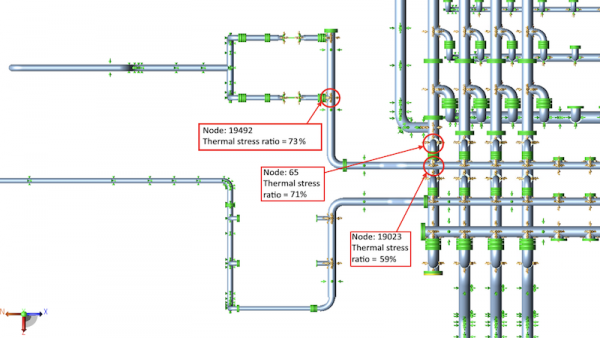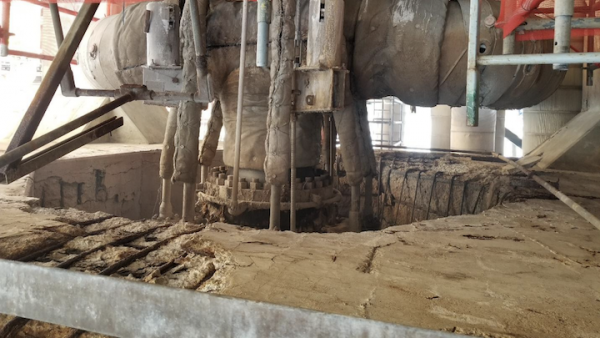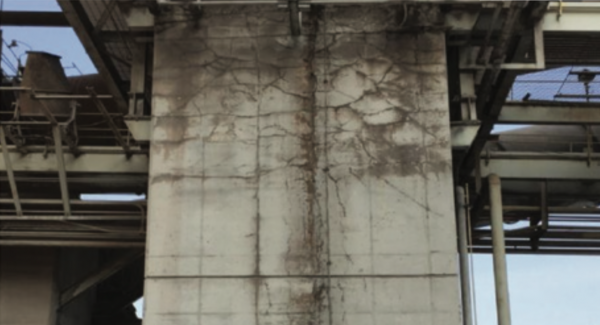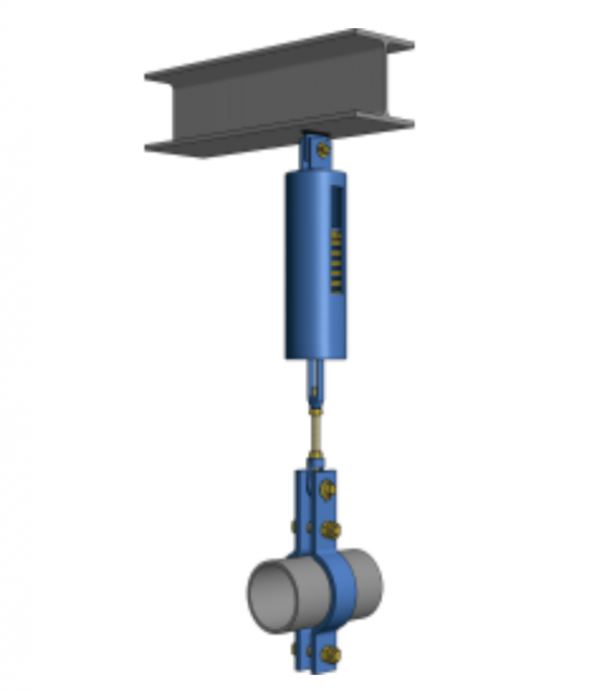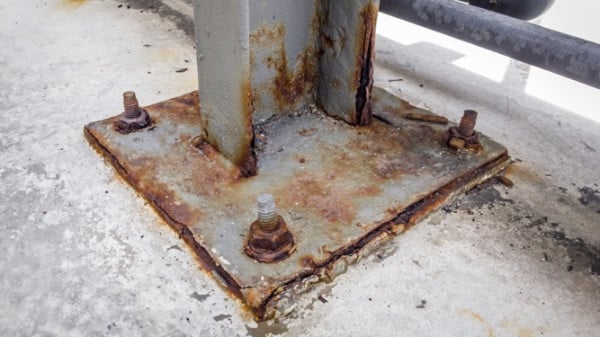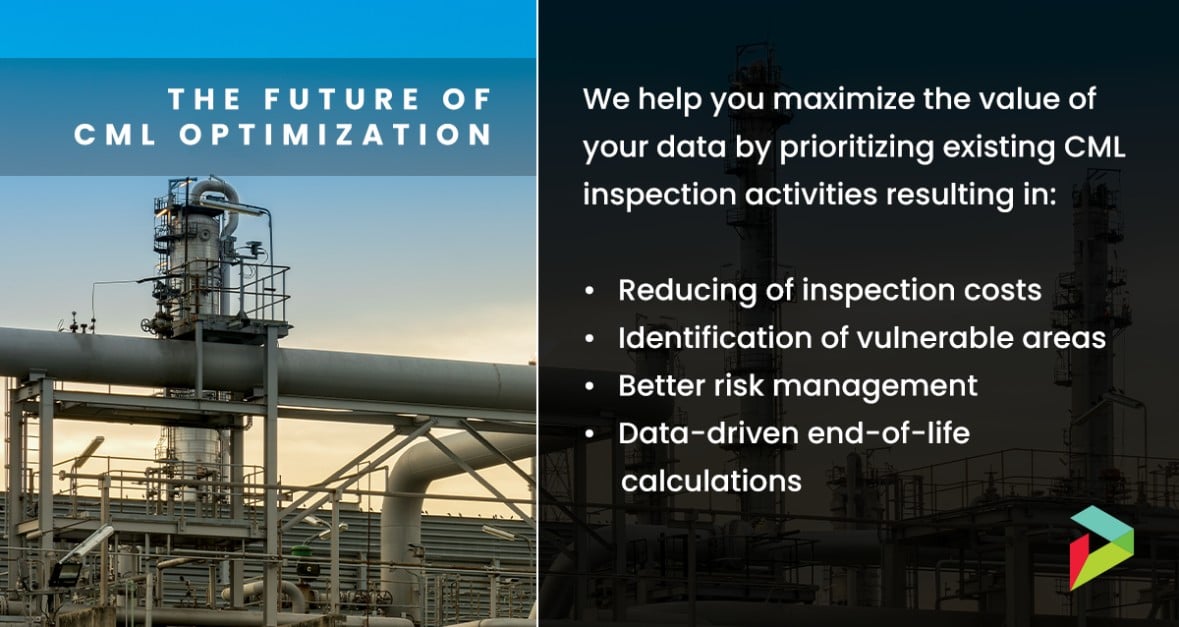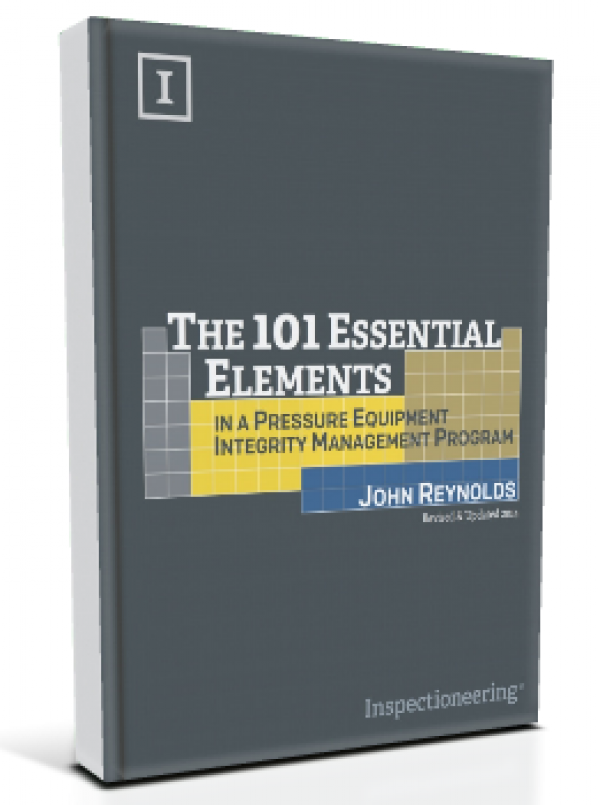Refineries, chemical facilities, and other large industrial facilities are comprised of countless individual assets that include fixed equipment (e.g., pressure vessels, piping), rotating equipment, and instrumentation & control systems, among others. All of these assets are supported by a complex network of foundations, frames, racks, and other structures which are collectively known as structural equipment.
As with any equipment found in process facilities, structural components deteriorate over time. Design deficiencies, construction defects, extreme environmental events, deteriorating conditions, and changes in applied loads can potentially lead to unplanned failures and business delays. As such, it is important that facilities have a comprehensive structural integrity program that considers the design, inspection, maintenance, evaluation, and repair of structural equipment.
Types of Structures and Foundations
Structural equipment consists of structures that support other types of assets, as well as safety and access structures. Typical types of structures and foundations found in process facilities may include:
- Steel and concrete frames and trusses supporting elevated equipment and piping
- Foundations for support structures, piers and pedestals for vessels (skirt-supported and saddle-supported), tanks, and other equipment supported at grade
- Pipe racks, piping, and pipeline support piers (and their foundations)
- Derricks and trusses supporting coke cutting equipment, steel stacks, or other equipment or piping
- Self-supported steel and concrete stacks
- Cooling towers
- Heater structures
- Solids storage vessels such as bins and silos, concrete tanks, and pits
- Structural frames supporting lifting and conveyance equipment
- OSHA 1910 Subpart D Safety Structures (walking surfaces/platforms, ladders, etc.)
- Other structures that can affect process safety and reliability
Structural Deficiencies and Damage Mechanisms
Deficiencies that can impact the useful life of structures are wide ranging and are highly dependent on individual component types. For example, steel structures may experience environmental corrosion and corrosion under insulation, whereas concrete structures may be prone to unique forms of corrosion that do not impact metallic structures. Additions of new equipment or piping may impact the load-carrying capacity or stability of a structure.
Inspection and Testing
Structural inspection involves using several types of nondestructive testing (NDT) to inspect structures for damage and wear. These include visual inspection, ultrasonic testing (UT), liquid penetrant testing (PT), magnetic particle testing (MPT), and radiographic testing (RT). For difficult to reach structures, structural inspections might have to be done by either rope access or unmanned aerial vehicles (UAVs).
Relevant Codes, Standards, and Best Practices
Design Codes
- AISC 360, Specification for Structural Steel Buildings, applies to the design, fabrication, and erection of structural steel systems with structural steel acting compositely with reinforced concrete. It sets forth criteria for the design, fabrication, and erection of structural steel buildings and other structures.
- AISC 325, Manual of Steel Construction, summarizes specification requirements and other design recommendations and considerations that apply to the design and construction of steel buildings and other structures.
- ACI 318, Building Code Requirements for Structural Concrete, provides minimum requirements for the materials, design, and detailing of structural concrete buildings and nonbuilding structures.
- AWC NDS, National Design Specification for Wood Construction, defines the methods to be followed in structural design with various types of wood products.
- ASCE 7, Minimum Design Loads and Associated Criteria for Building and Other Structures, describes the means for determining dead, live, soil, flood, tsunami, snow, rain, atmospheric ice, earthquake, and wind loads, and their combinations for general structural design.
- AWS D1.1/D1.1M, Structural Welding Code - Steel, contains the requirements for fabricating and erecting welded steel structures.
Specialty Design Codes
- AISC 341, Seismic Provisions for Structural Steel Buildings, governs the design, fabrication, and erection of structural steel members and connections in the seismic force-resisting systems (SFRS), and splices and bases of columns in gravity of framing systems of buildings and other structures with moment frames, braced frames, and shear walls.
- ACI 350, Code Requirements for Environmental Engineering Concrete Structures, covers the structural design, materials selection, and construction of environmental engineering concrete structures (e.g., dams, spill-ways, channels).
- ACI 376, Concrete Structures for Containment of Refrigerated Liquefied Gases, provides minimum requirements for design and construction of reinforced concrete and prestressed concrete structures for the storage and containment of refrigerated liquefied gases with service temperatures between +40 and –325°F.
In-Service Codes
Various API equipment and piping inspection practices contain a limited amount of additional guidance on inspection of equipment support structures and foundations.
References
- Andreani, J., 2019, “An Effective Structural Integrity Program as Part of a Comprehensive Mechanical Integrity Program,” Inspectioneering Journal, 25(6).
Related Topics
Relevant Links
Topic Tools
Share this Topic
Contribute to Definition
We welcome updates to this Integripedia definition from the Inspectioneering community. Click the link below to submit any recommended changes for Inspectioneering's team of editors to review.
Contribute to Definition


